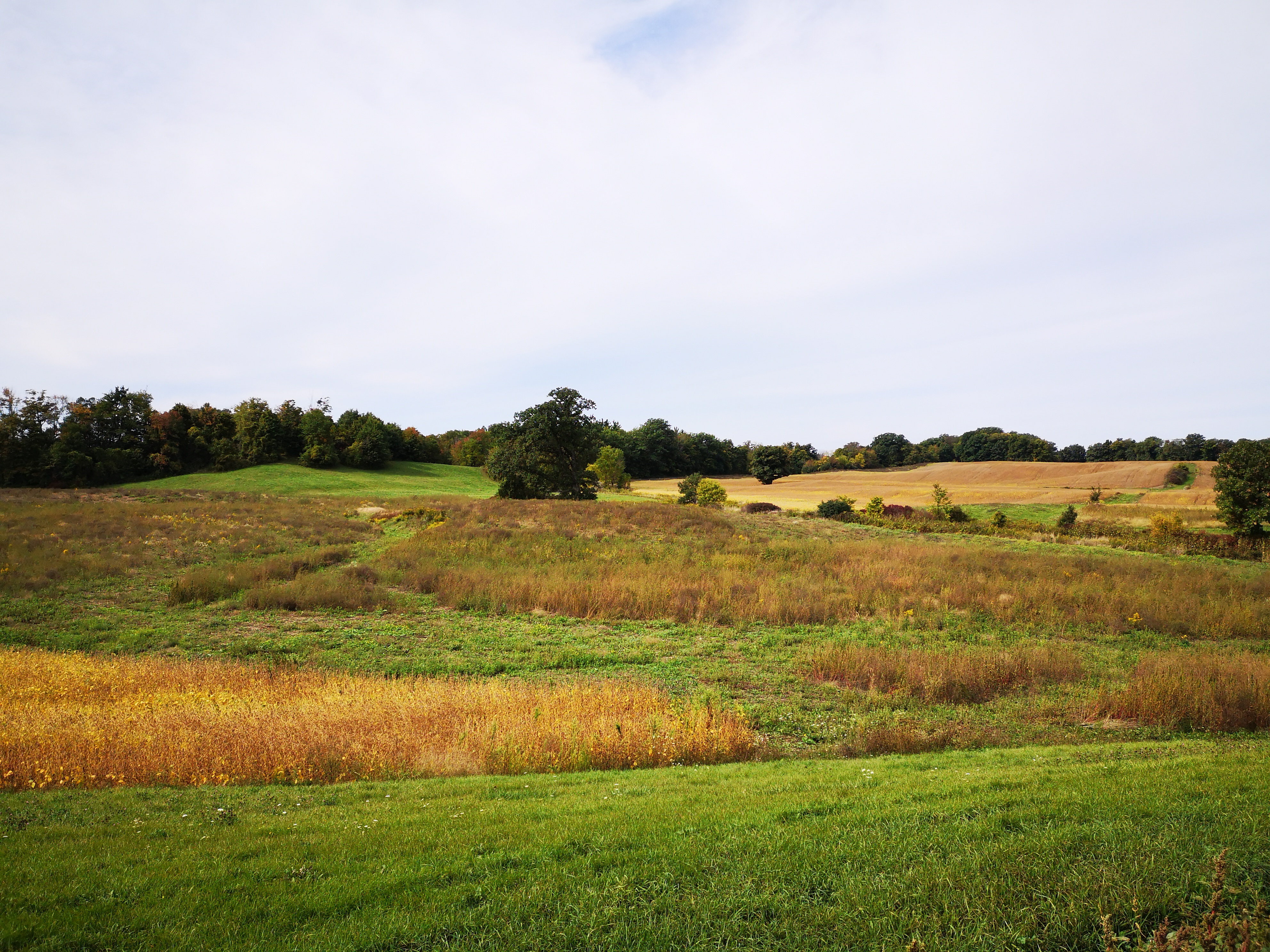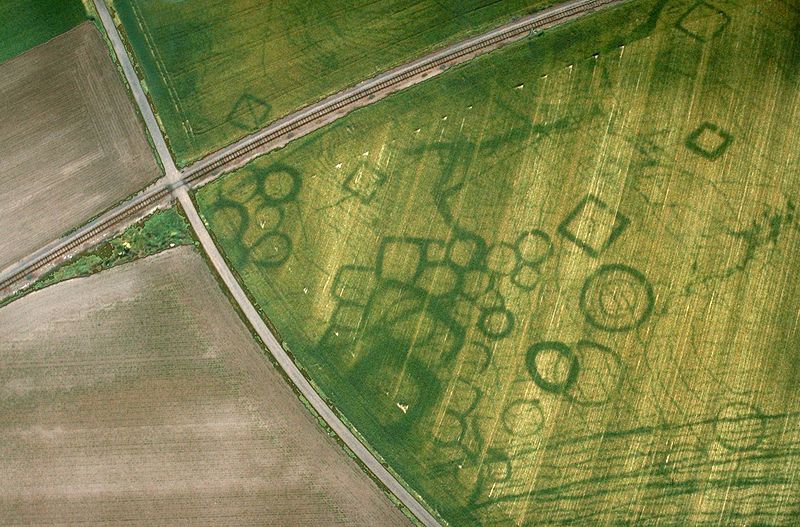Archaeological Assessment
Here at SymbioGIS, we use predictive modeling to more accurately determine a location's potential for archaeological excavation. Our team is focused on analyzing an area with respect to its cultural, historical, and agricultural relevance, and producing archaeological sensitivity maps based on these qualities in conjunction with geospatial information. We also look at the impact of any future excavation and development on cultural land use, wildlife populations, and agricultural preservation.

